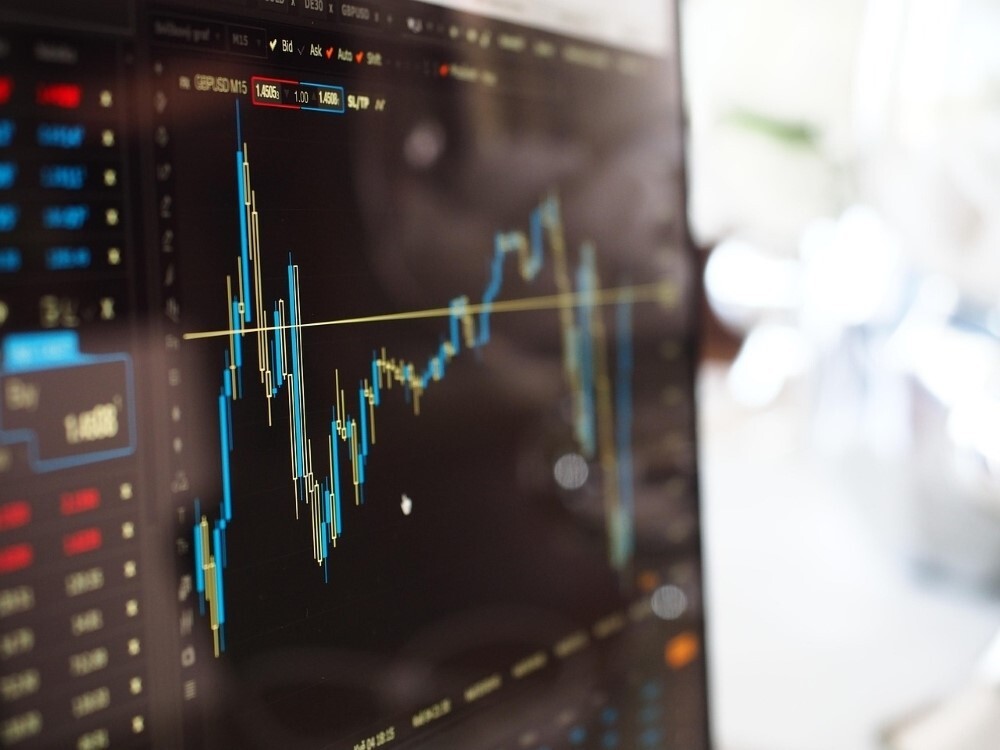

Aluminium futures have experienced a notable recovery, climbing to USD 2,440 per tonne after reaching an eight-month low of USD 2,340 on April 9th. This upward trend aligns with gains observed in other base metals, spurred by diminishing concerns over a potential US recession, which has alleviated pessimism surrounding global manufacturing activities.

Image source: pixabay
Contributing to this positive momentum, US President Trump has postponed the implementation of aggressive reciprocal tariffs and indicated forthcoming trade agreements. This shift has eased apprehensions that escalating trade barriers could dampen global demand for metals.
Despite the recent rebound, aluminium futures remain down by 5 per cent for the year, primarily due to overcapacity risks from Chinese production. Chinese smelters have signalled intentions to expand capacity overseas, anticipating that domestic production will approach the government's output cap of 45 million tonnes this year. This strategy aims to circumvent domestic limitations and meet global demand.
Furthermore, major aluminium producers in Southeast Asia have reported increased alumina supply, which is expected to reduce production costs. This development could enhance the competitiveness of aluminium producers in the region, potentially influencing global pricing dynamics.
In summary, while aluminium prices have rebounded from recent lows due to easing recession fears and supportive policy signals, the market continues to grapple with structural challenges such as Chinese overcapacity and evolving production strategies in Southeast Asia. These factors will likely play a pivotal role in shaping aluminium market trends in the near term.
Responses








